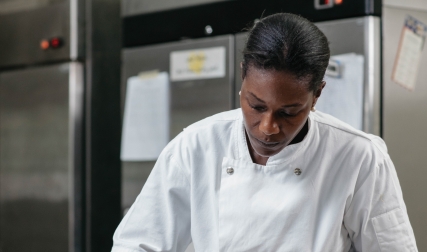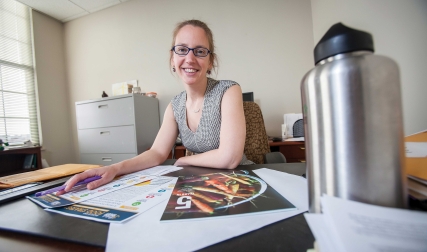Popa is creating robots—care-bots—that might save our lives in a few years. “If you go to a long-term-care facility or cancer wing, you have patients bedridden for days or weeks and they have to be continuously monitored. That’s typically done by an employee called a ‘sitter,’ ” says Popa, a professor of electrical engineering at the University of Louisville in Kentucky. Sitters call nurses when there’s something wrong, but they cannot intervene and are not required to converse with patients. “You have someone sitting there for 24 hours a day for days in a row who does a fairly mundane job,” he says. “There is a market push from hospitals to improve that care-delivery system and replace sitters with robots.” With $1 million in support from the National Science Foundation, Popa is developing the next generation robot nurse assistants, which will be able to monitor vital signs, fetch objects and converse.
Popa grew up in Bucharest, Romania. At Dartmouth he was a Montgomery scholar and earned his A.B. in three years. He has a Ph.D. in robots and controls from Rensselaer Polytechnic Institute, where he launched his robots research group, Next Generation Systems. Before working on care-bots he created cushioned robotic skin, in part to help protect humans from the machine’s hardware. “It’s one way to make sure the care-bot is safe—that it won’t run into you and injure you,” he says.
Popa says robots could soon be as common as smartphones. “In five to 10 years you’ll be going to the store and picking up your robot, customizing it, bringing it home and teaching it to help you with whatever you need to do in the house,” he says. Does that mean we should worry about rogue robots trying to take over the world? “I can tell you that that’s a very, very distant prospect,” he says. “Unfortunately, today’s robots are not that smart, and they break down all the time.”




